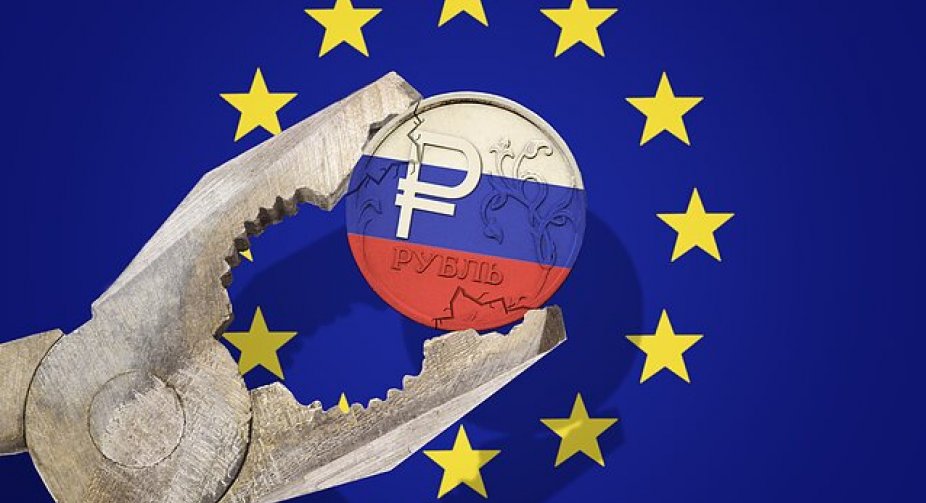The legal service of the Council of the European Union revealed a plan to legally use assets of the Central Bank of Russia frozen on the territory of the bloc - this is no less than 33.8 billion euros - for the benefit of the post-war reconstruction of Ukraine.
This was reported to the Bloomberg agency by informed interlocutors.
It is claimed that the use of the frozen Russian assets is legally carried out on the condition that they are not expropriated and certain conditions are met - in particular, the principal amount of the assets and the interest on them will be returned to Russia at some point.
The plan is that, as a first step, the frozen assets will be pooled at the European or international level in order to generate profits that could be used to finance the reconstruction of Ukraine.
According to Bloomberg, the European Commission is more cautious about the legal expediency of using the frozen assets of the Russian Federation, and also points to the general difficulty of implementing this plan. The EU also believes that any such plan should be implemented in cooperation with the Group of Seven.
The European Commission also fears that the exact amount and location of frozen Russian assets must first be established. After all, even the preliminary assessment of the assets of the Central Bank of the Russian Federation in the EU - about 33.8 billion euros - is still being refined.
During a discussion with EU ambassadors on Wednesday, EU lawyers explained: if the bloc suffers losses while managing Russian assets, compensation should be provided from the EU budget or member states.
According to Bloomberg, this proposal is controversial, and its discussion is at a "very preliminary stage." EU officials and some member states are concerned about the legal justification for such a move and the precedent it could set, particularly with regard to the use of frozen Russian central bank assets.
